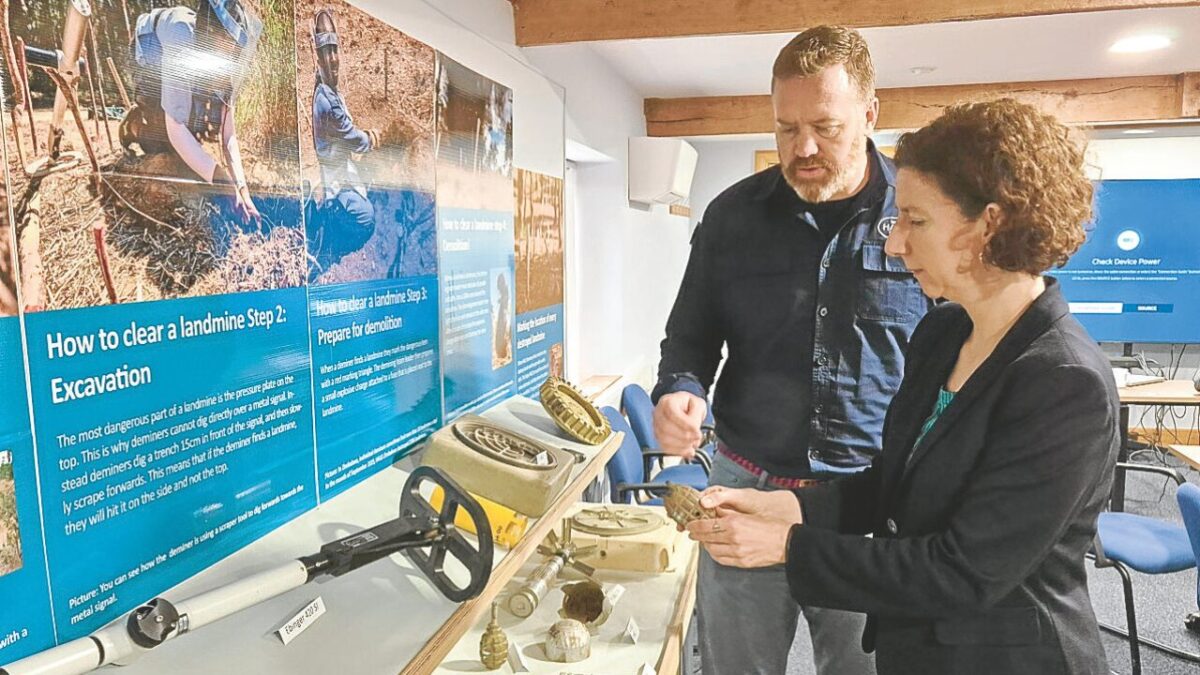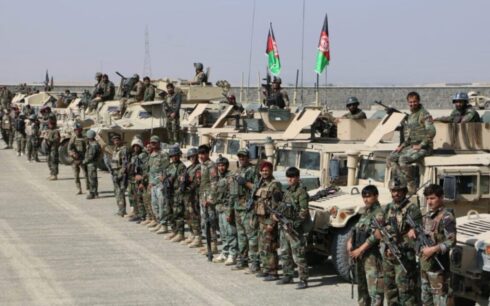KABUL — On the International Day for Mine Awareness and Assistance in Mine Action, the International Committee of the Red Cross (ICRC) has warned that Afghanistan remains dangerously contaminated by landmines and unexploded ordnance after more than four decades of conflict.
In a statement, the organization said explosive remnants of war — scattered across large swaths of the country — continue to pose a lethal, often invisible, risk to civilians, particularly families returning to areas once plagued by violence and children who unknowingly encounter the devices while playing.
According to the ICRC, 434 children were killed or injured in 251 incidents involving landmines and other explosive remnants in 2024 alone. Children accounted for more than 76 percent of recorded casualties, though the organization noted the actual number may be higher.
“Landmines and explosive remnants of war not only disrupt daily life and halt economic development, but they also result in devastating tragedies, especially among children,” said Katrina Ritz, head of the ICRC delegation in Afghanistan.
Ritz also warned that recent cuts in humanitarian aid and demining resources have hindered clearance efforts, putting more lives at risk.
“International and humanitarian support is urgently needed to help communities cope with the devastating legacy of weapon contamination,” she said.
April 4 marks the United Nations-designated day to raise awareness about the dangers of landmines and to promote efforts to eliminate them.
Between 2023 and 2024, the ICRC, in partnership with the Afghan Red Crescent Society, trained 100 volunteers to conduct safety education and risk awareness sessions in five regions across the country.





